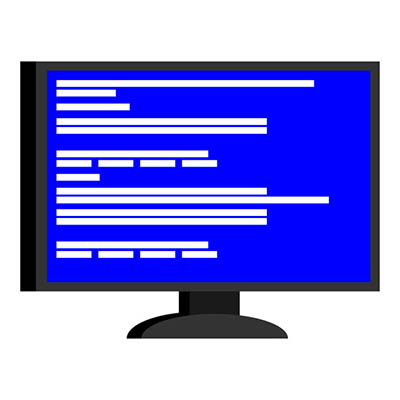
If someone has spent any time around a computer, they will have (at least anecdotally) become familiar with the dreaded BSoD – the Blue Screen of Death. This fatal error has been the cause of much lost productivity and expensive support calls over the years, but despite its notoriety, not many know why it happens at all. That’s precisely what we’ll cover below, along with a few ways to diagnose the root problem.
What Leads to the BSoD?
In short, a user will typically be presented with the BSoD when their device has a malfunction in either its hardware or drivers. More rare is the BSoD caused by a software issue, but it is possible if there was to be a problem in one of the Windows kernel low-level applications. This is usually the explanation for an application crash that doesn’t result in a full operating system failure. However, hardware crashes can easily force your applications to stop, leading to the loss of any unsaved data. There’s a reason that it is recommended that you “save often,” just in case.
Fixing a BSoD, and Figuring Out Its Cause
Unfortunately, resolving a BSoD will cost you any data since your last save, because the only real way to fix it is a complete reboot. However, you will be able to access a different kind of valuable data: the potential cause of the crash.
When your computer crashes, Windows compiles a file that details what contributed to the system’s failure. Of course, these files may very well mean nothing to you and your users. That’s fine, too, because we have a few tricks to help us figure out what the cause was through other means.
- Missing driver updates: An out-of-date driver can easily contribute to causing errors and issues. Updating them will help you to determine if this was the case.
- Run a system scan: The BSoD is just one of many issues that malware and viruses can cause, so making sure your system is free and clear will help.
- Safe mode: Booting up your operating system in safe mode opens up a minimalized version of it, allowing you to check your root files for issues or identify problematic software.
- Hardware issues: Finally, the task manager will show you if your computer is having problems with its memory. You should also keep an eye (or ear) out for weird sounds coming from the machine, or sudden temperature spikes.
Of course, COMPANYNAME is here to help you deal with any of your IT issues, including the BSoD. For assistance, reach out to us at PHONENUMBER.